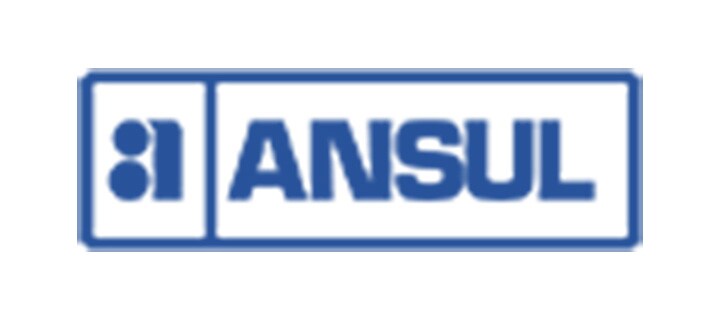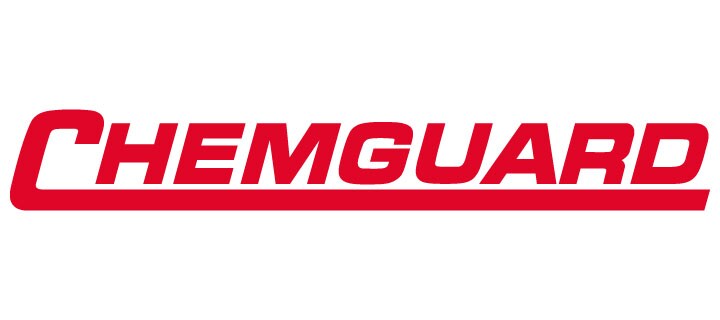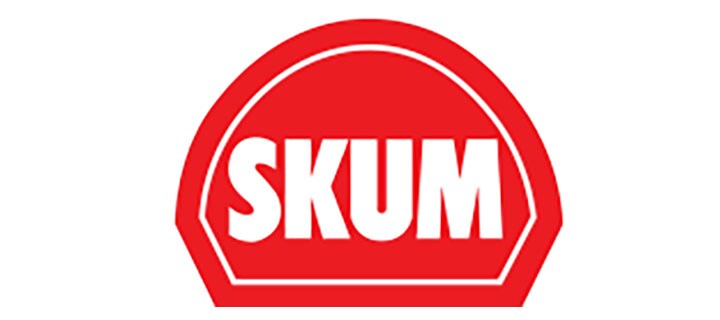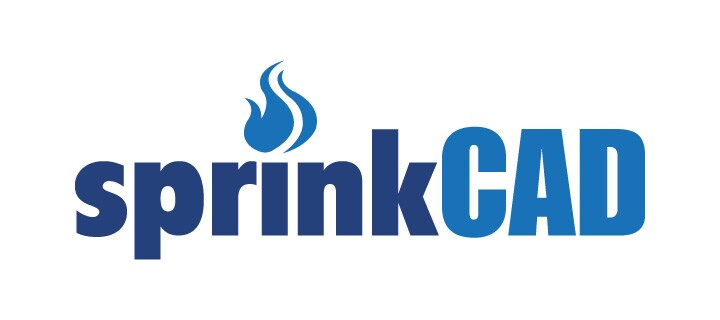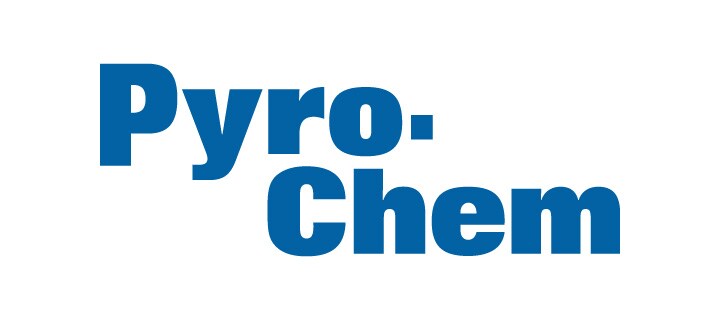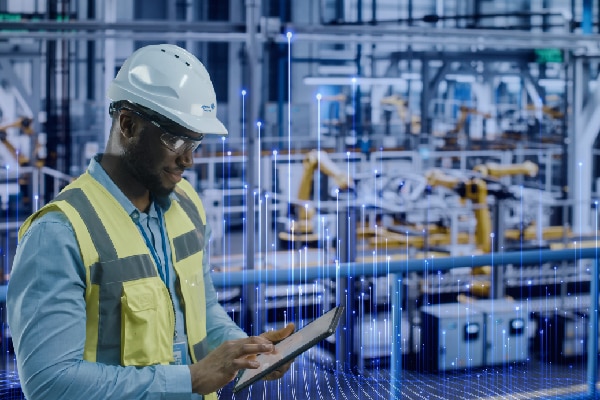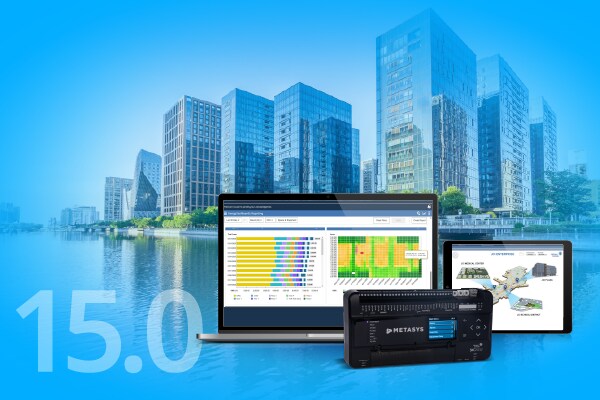- Johnson Controls
- Building Insights
- Leveraging Technology to Achieve IAQ
Leveraging Technology to Achieve IAQ, Wellness and Decarbonization Goals
Johnson Controls integrated platforms including OpenBlue create smart, connected buillding systems to maximize the building occupants health and safety.

A Q&A with Tyler Smith, executive director of Healthy Buildings at Johnson Controls
The pursuit of good indoor air quality (IAQ) will no doubt take center stage in the next phase of “returning to normal” after COVID-19. After years of concerns over airborne infection, organizational leaders most likely recognize the role air quality improvement measures have in mitigating the spread of airborne infections. While that is certainly one positive outcome, it’s not the only benefit
of investing in IAQ improvements.
Tyler Smith, executive director of Healthy Buildings at Johnson Controls, recently participated in a webinar with Waterloo Filtration Institute about the ways in which investing today’s healthy building technology can help businesses meet IAQ, wellness and decarbonization goals. In case you missed it, he shared his insights on the topic here:
Q: What other benefits of well-managed indoor environments exist beyond infection risk mitigation?
A: With the lingering effects of COVID-19 influencing healthy building plans, many decision makers will choose to invest in air quality improvement measures without realizing the added benefits to occupant health and sustainability initiatives that IAQ solutions can provide.
For example, improved IAQ in schools leads to happier, healthier teachers and students. Clean air contributes to optimal learning environments for students of any age. In fact, educational environments with well-managed IAQ often see improvements in students’ academic performance. The Lancet’s April 2021 research into the subject found that, when ventilation was doubled in educational environments, students’ math, reading and science scores all improved as did their “power of attention” and their rates of absenteeism.
The same can be said for employees working in office buildings. The cleaner the air they breathe, the more productive they are at work!
With the lingering effects of COVID-19 influencing healthy building plans, many decision makers will choose to invest in air quality improvement measures without realizing the added benefits to occupant health and sustainability initiatives that IAQ solutions can provide.
Q: Can building operational strategies deployed to combat COVID help with future pandemics?
A: Absolutely. If another airborne illness reaches pandemic status, strategies developed to mitigate the spread of COVID-19 will be a helpful starting point. The events of the past two years have guided HVAC system upgrades—to ventilation, filtration, disinfection, and isolation efforts—that improve IAQ and slow the spread of COVID and other aerosolized viruses such as the seasonal flu.
Furthermore, other COVID-19 mitigation measures buildings have already integrated—like touchless access solutions —can help with illnesses that spread through fomite transmission.
Q: Is it possible to achieve IAQ and ESG goals, or is there a tradeoff?
A: Through conversations with our customers, we’ve learned there is a general belief that making IAQ improvements has a negative effect on ongoing decarbonization initiatives. Decision makers often see these two initiatives as diametrically opposed, believing that improvements in one area will offset improvements in the other. The reality is that, thanks to recent advancements in smart, digitally enabled buildings, it’s possible to optimize building operations to meet both goals.
For example, Johnson Controls recent project in partnership with Ecorse School District in Michigan helped the organization meet both IAQ and efficiency goals in one fell swoop. Upgrades to their Metasys® Building Automation Systems optimized the district’s new air filtration units by automating performance, helping them avoid the financial and environmental costs of operating the units when spaces are not in use. Furthermore, the newly installed IsoClean® units’ 10-year lifecycle provided a cost-effective, resilient and sustainable HEPA filtration option.
Q: What makes a building “smart?”
A: One critical feature of a “smart” building is connectivity. A building might have IAQ monitoring, energy efficient lighting and occupant safety enhancements, for example (and these are all great solutions), but that doesn’t make it smart. It’s in integrating otherwise unconnected or disparate systems, and leveraging data from those systems to drive outcomes, that will help us achieve future-ready, healthy and sustainable environments.
Integrated platforms like Johnson Controls OpenBlue deliver impactful sustainability, new occupant experiences and respectful safety and security. OpenBlue analysis of data from connected building systems maximizes the value of each investment organizations make in the health and safety of building occupants. These analyses provide outcomes-based insights that can guide decision makers in creating smart buildings that facilitate improved experiences.
For more information about technologies that drive IAQ and clean air, visit our OpenBlue Clean Air Strategy page.
Related Items
HVAC Equipment
Johnson Controls' extensive portfolio of HVAC equipment and controls for efficient, reliable climate control in healthy buildings.
What's Next for Healthy Buildings?
With concerns about sustainability and well-being dominating conversations the world over, the HVACR industry finds itself in a unique position to reimagine the role buildings play in our future
Efficiency vs. Ventilation: A Balancing Act
American Society of Heating, Refrigerating and Air-Conditioning Engineers (ASHRAE) Standard 62.1 provides guidelines to help minimize the potential adverse health effects that can occur from poor indoor air quality.
OpenBlue
Applying data from both inside buildings and beyond, our customers can now manage operations systemically.





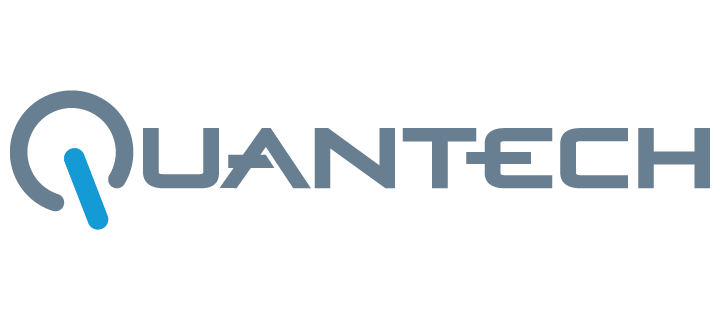
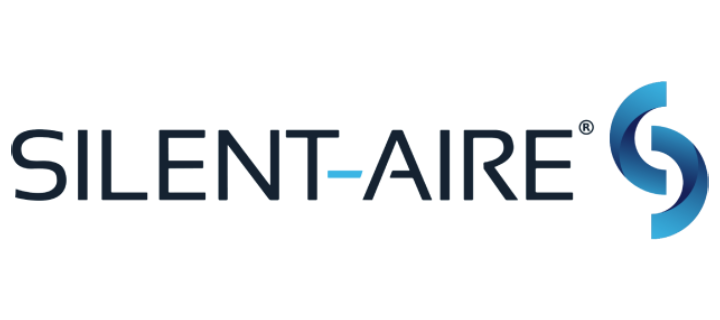
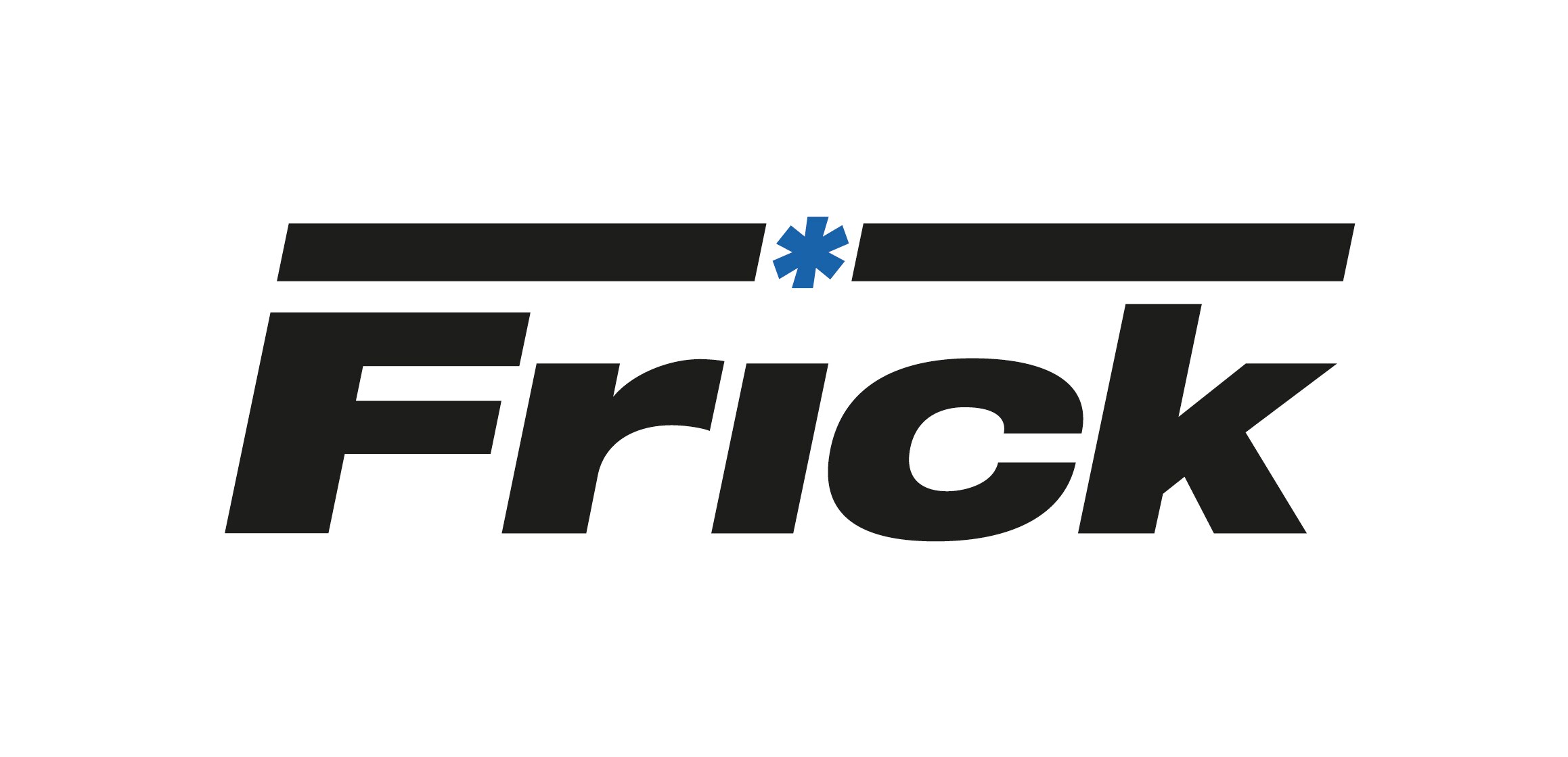
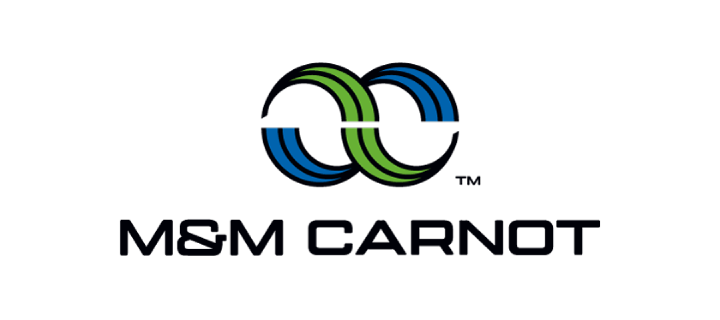


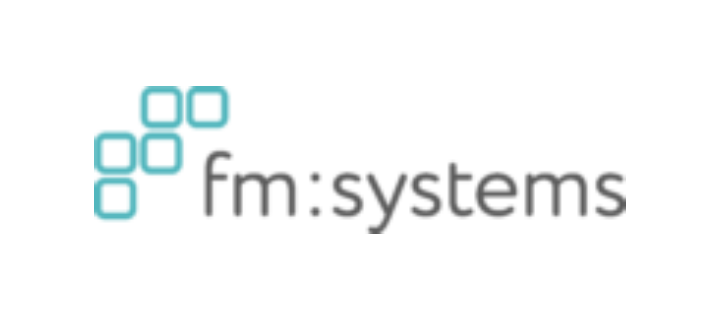



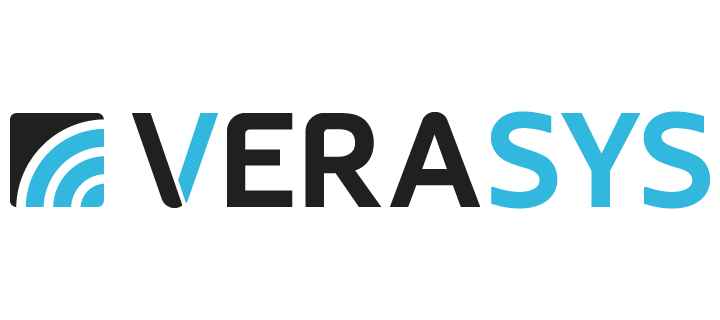

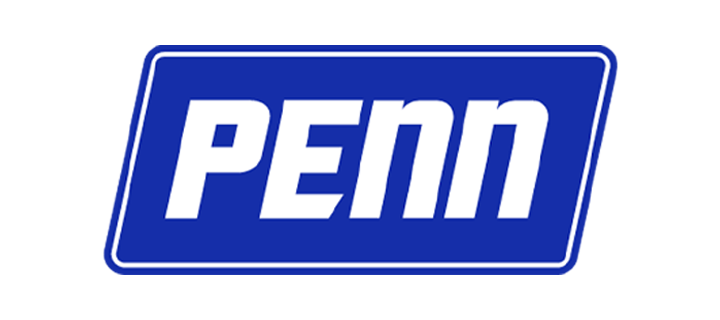

.jpg?la=en&h=320&w=720&hash=244C75B74F0F77521D56164450973BCD)
